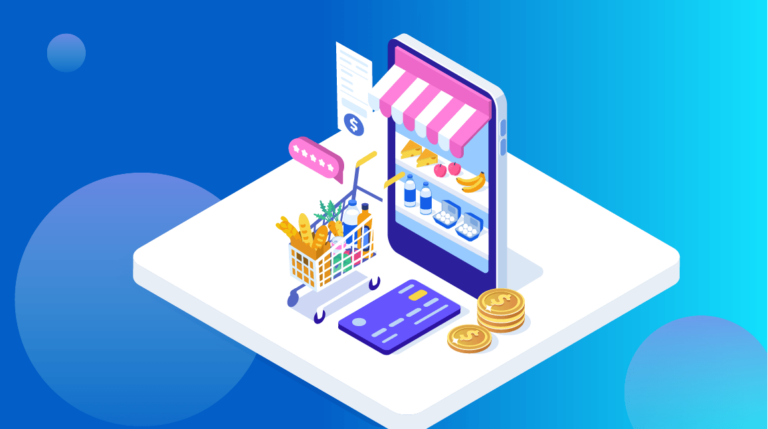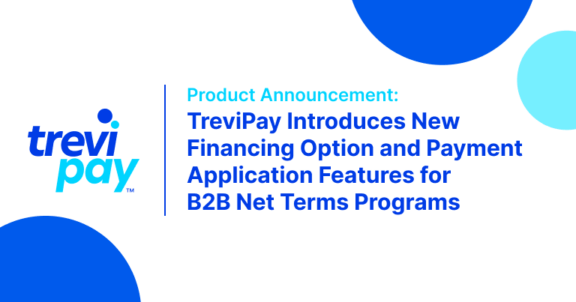News & Insights · Approx. 4 minute read
How have B2B marketplaces taken shape the last few years

“Marketplaces have been a viable tool in the B2B space for years, operating as a sorting platform, or a way for buyers and sellers to find each other in a quick and convenient manner. We often see the B2B world trend a few years behind B2C, meaning it’s not a huge surprise that there’s truly an uptick in B2B marketplace popularity a few years after Amazon has taken a firm grasp on the B2C space and made great strides in B2B. Unlike B2C marketplaces though, B2B buyers are tasked with making large purchases, a process that is complex and oftentimes can’t be slapped on a credit card. With payments technology reaching new heights, B2B marketplaces have been able to gain new customers and new sellers as major pain points have lessened with innovative payments technologies.”
Impact of Coronavirus on B2B Commerce
How has the current global health crisis affected how B2B buyers and sellers are turning to vertical marketplaces? How do you foresee this continuing to pan out?
“There’s no doubt that the rise of B2B marketplaces has been trending since before the COVID-19 crisis, but like a lot of tools and technologies, like contactless payments, the pandemic has made their use cases and value crystal clear. In the healthcare vertical for example, we’ve seen healthcare companies flock to marketplaces that provide real-time updates on inventory, a very helpful feature as companies scramble to find available beds, ventilators and other necessities. Hospitals usually operate with a traditional supply chain, but shortages and a lack of resources have opened up the possibility of marketplace purchases. While this is just one example that stems directly from the health crisis, we’ll see this in many other verticals as restrictions lend businesses to online marketplaces. And with the benefits of purchasing online, I imagine that – also like contactless payments in the consumer space – this is a new B2B behavior that could stick and further push the industry into expansion.”
How can sellers ensure their marketplaces are competitive and catering to B2B buyers?
“We launched a B2B Buyers Report last year that found that brand loyalty in the B2B space is essentially dead, with 74% of B2B buyers reporting that they’d purchase from a competitor if their vendor’s e-commerce store could not keep up with their purchasing expectations as a buyer. This is applicable to any online marketplace and with more and more online marketplaces emerging, experience loyalty will be king. A few surefire ways to create a suitable experience is to offer a wide range of payment options. About half of all B2B buyers (48%) have not completed a purchase for their company because their preferred payment method wasn’t an option and a majority of B2B buyers would choose a vendor over others if invoicing were offered at checkout with 30-, 60-, or 90-day terms. Aside from offering differing payment methods, B2B buyers are also looking for custom pricing, purchasing controls, a speedy checkout process, efficient websites, portals, and accessible customer service in case problems arise.”
What are the warning signs your B2B marketplace isn’t up to par?
“In today’s day and age, not offering preferred pricing, PO information or enough payment options isn’t going to cut it for a majority of businesses or quite frankly, create a symbiotic relationship between the seller and buyer. For example, credit cards may be an option for businesses but more often than not, buyers need alternative options like invoices because purchases can be too large to put on a credit card. Additionally, there aren’t a lot of sellers willing to accept credit cards for large B2B transactions due to chargeback rules that are buyer friendly and create an unbalanced dispute management situation. Thus, a marketplace that isn’t supporting the complexities in B2B purchases or providing multiple payment options is doomed to alienate the buyer or create inefficiencies for itself.”
What recent innovations in B2B payments allow for smoother marketplace purchases?
“There are plenty of fintechs offering alternative financing to extend working capital when needing to make these larger purchases. At TreviPay, we’ve partnered with ecommerce platform Magento, SaaS ecommerce platform BigCommerce, and online marketplace Arcadier to simplify and redefine the B2B payments space. InvoiceMe, a tool within our TreviPay suite, allows buyers to pay by invoice at checkout, simplify onboarding, and approve credit decisions in under 30 seconds. Offering InvoiceMe as a payment option leads to an increased share of wallet and average order size, playing into this much larger trend of payment tools accelerating the viability of B2B marketplaces.”
This article, written by Brandon Spear, was originally posted by Global Banking & Finance.
Stay up-to-date with the latest from TreviPay
Thank you for subscribing! You will now receive email updates from TreviPay.



